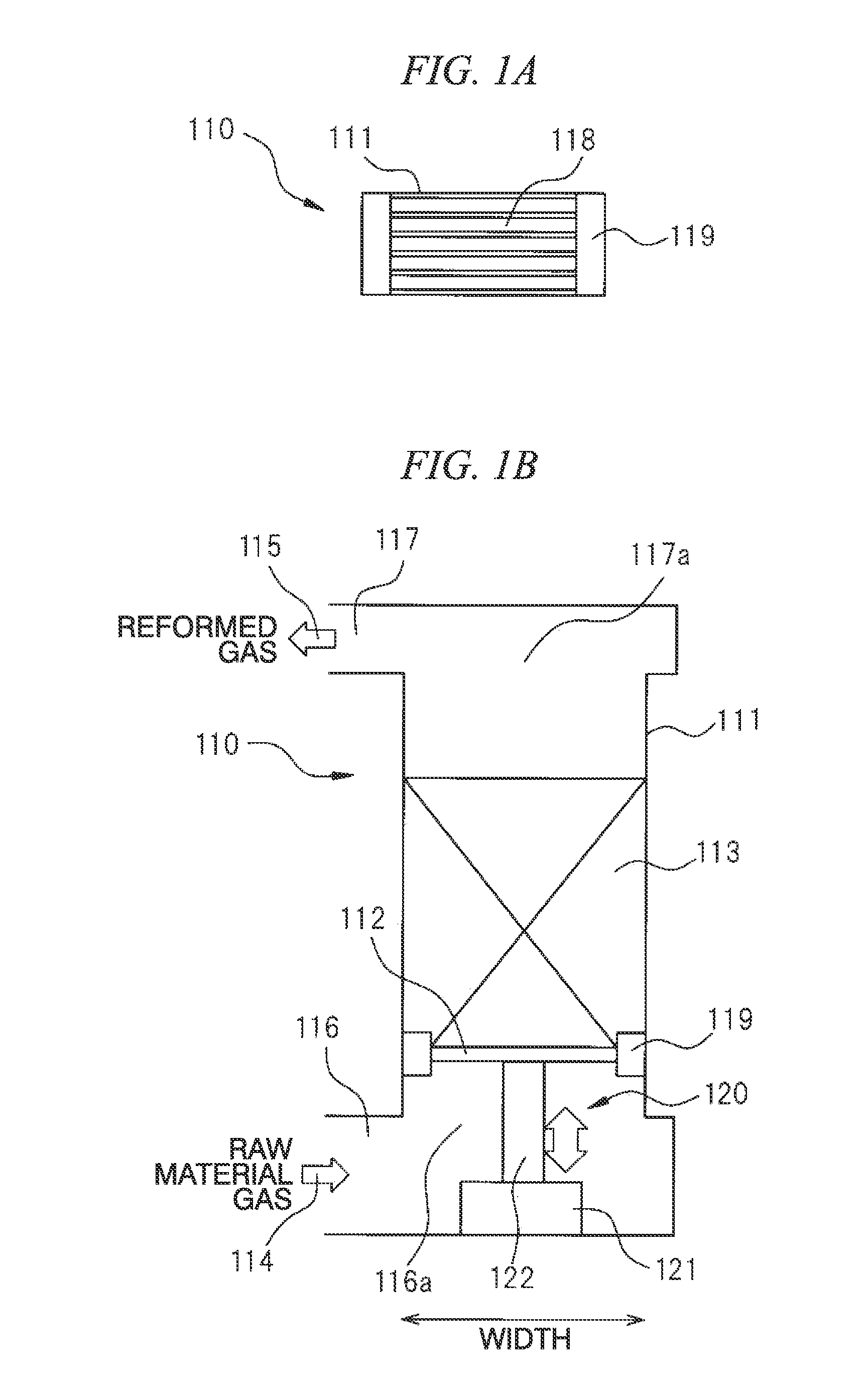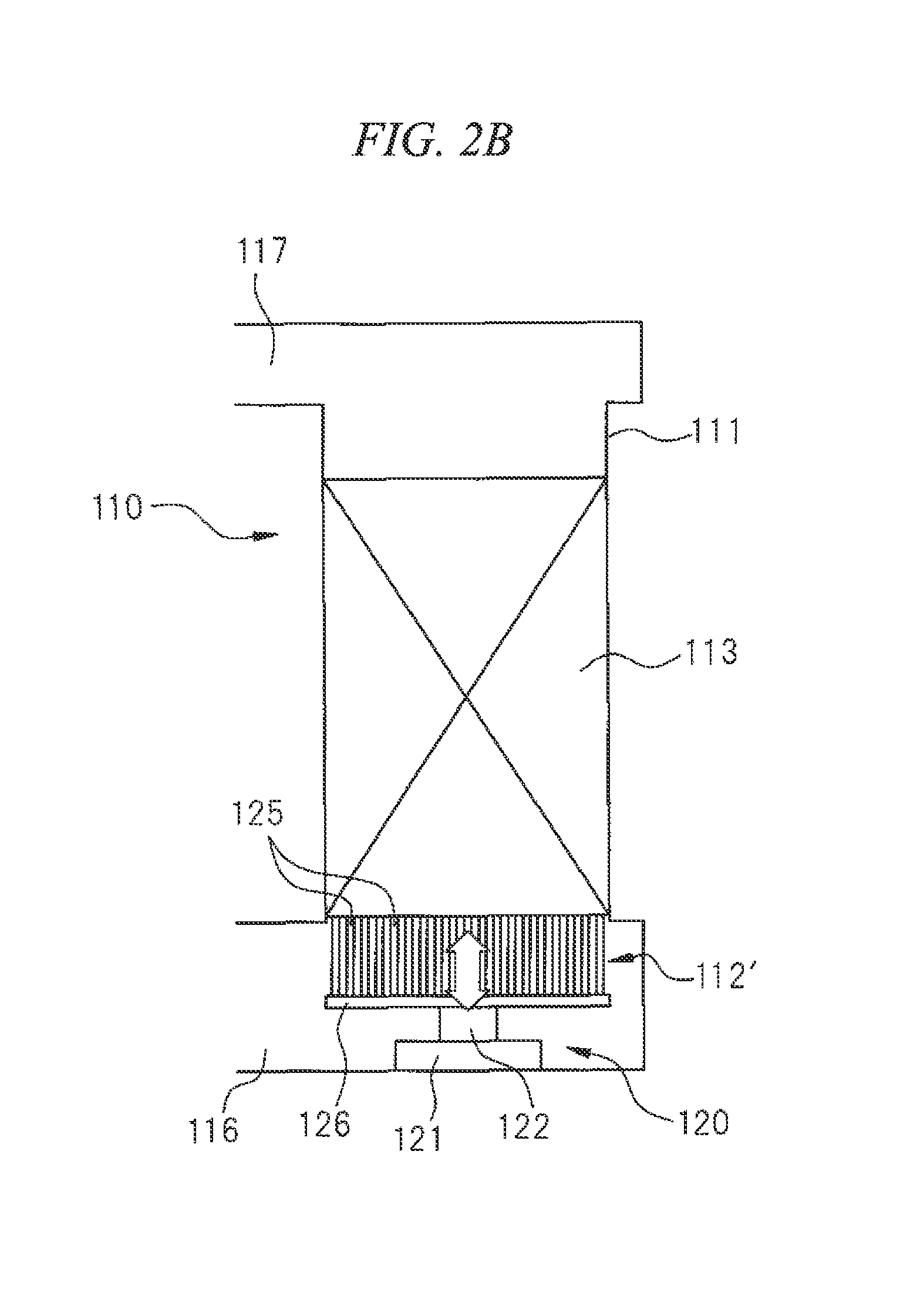Continuous fixed-bed catalytic reactor and catalytic reaction method using same
a technology of fixed-bed catalytic reactor and catalytic reaction method, which is applied in the direction of combustible gas catalytic treatment, physical/chemical process catalysts, combustible gas purification/modification, etc., can solve the problem of affecting the operation efficiency of the catalytic reactor, the catalytic layer becomes blocked, and the operation is also likely to become unstable, so as to achieve efficient removal of solid accumulated substances and high efficiency
- Summary
- Abstract
- Description
- Claims
- Application Information
AI Technical Summary
Benefits of technology
Problems solved by technology
Method used
Image
Examples
third embodiments
First to Third Embodiments
[0137]First to third embodiments of the invention will be described in detail with reference to the accompanying drawings. Meanwhile, in the following description and drawings, components having substantially the same function will be provided with the same reference signs, and the duplicate description thereof will not be made.
first embodiment
Overall Structure
[0138]FIGS. 1A, 1B and 1C illustrate a continuous fixed-bed catalytic reactor 110 according to a first embodiment of the invention. FIG. 1A is a plan view, FIG. 1B is a front view, and FIG. 1C is a side view. The continuous fixed-bed catalytic reactor 110 of the embodiment includes a reaction container 111. The reaction container 111 accommodates a catalyst layer 113 which is a group of clumpy catalyst particles and is supported by a holder 112 having a ventilation property at the bottom section. Among catalyst particles in the catalyst layer 113, catalyst particles adjacent to the inner wall of the reaction container (not illustrated) are in contact with the inner wall of the reaction container. In the embodiment, since the catalyst layer is moved up and down by bringing the catalyst particles into contact with the inner wall of the reaction container, the inner surface of the reaction container 111 is preferably planar so as to prevent the hindrance of the movemen...
second embodiment
[0185]Next, a continuous fixed-bed catalytic reactor according to a second embodiment will be described with reference to FIGS. 2A, 2B and 2C. FIG. 2A is a plan view, FIG. 213 is a front view, and FIG. 2C is a side view. A continuous fixed-bed catalytic reactor 110 of FIGS. 2A, 2B and 2C is the same as the continuous fixed-bed catalytic reactor of the first embodiment described with reference to FIGS. 1A, 1B and 1C except for the fact that a number of pins are used in a catalyst holder as illustrated in FIG. 7.
[0186]In the present embodiment, the reaction container 111 includes a catalyst holder 112′ at a bottom section which is an inflow opening to the reaction container 111. The catalyst holder 112′ is a structure having a number of pins 125 held in a bottom plate 126, and is a catalyst-holding unit that directly holds a clumpy catalyst in the catalyst layer 113 at the front end sections of the pins 125. When the pins 125 are provided at intervals that are smaller than the size of...
PUM
| Property | Measurement | Unit |
|---|---|---|
| diameter | aaaaa | aaaaa |
| height | aaaaa | aaaaa |
| thickness | aaaaa | aaaaa |
Abstract
Description
Claims
Application Information
 Login to View More
Login to View More - R&D
- Intellectual Property
- Life Sciences
- Materials
- Tech Scout
- Unparalleled Data Quality
- Higher Quality Content
- 60% Fewer Hallucinations
Browse by: Latest US Patents, China's latest patents, Technical Efficacy Thesaurus, Application Domain, Technology Topic, Popular Technical Reports.
© 2025 PatSnap. All rights reserved.Legal|Privacy policy|Modern Slavery Act Transparency Statement|Sitemap|About US| Contact US: help@patsnap.com



